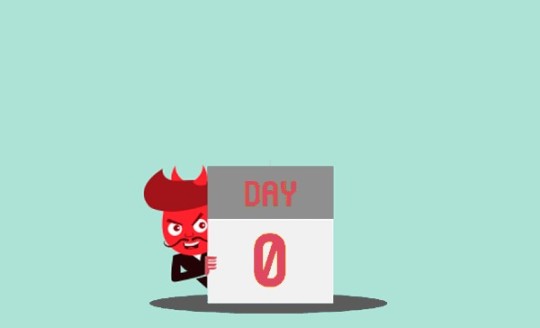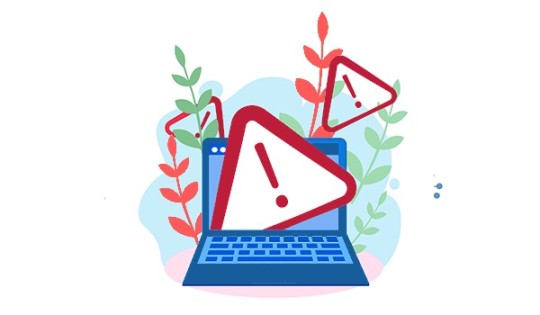Don't wanna be here? Send us removal request.
Text
Why Do You Need Zero-Day Attack Prevention?
Zero-day attacks are feared as the hackers get a great opportunity to bypass security defenses and hack the infrastructure. We will talk about how zero-day attacks work and why do you need zero-day attack prevention?
What Is a Zero-Day Attack?
A zero-day attack (also referred to as Day Zero) is an attack that exploits a potentially serious software security weakness that the vendor or developer may be unaware of. The software developer must rush to resolve the weakness as soon as it is discovered in order to limit the threat to software users. The solution is called a software patch. Zero-day attacks can also be used to attack the internet of things (IoT).
A zero-day attack gets its name from the number of days the software developer has known about the problem.

These are some zero-day attacks and prevention strategies that we have listed out for you:
Why do vulnerabilities pose security risks?
Hackers write code to target a specific security weakness. They package it into malware called a zero-day exploit. The malicious software takes advantage of a vulnerability to compromise a computer system or cause an unintended behavior. In most cases, a patch from the software developer can fix this.
What if your computer becomes infected?
Exploit malware can steal your data, allowing hackers to take unauthorized control of your computer. Software can also be used in ways that were not originally intended — like installing other malware that can corrupt files or access your contact list to send spam messages from your account. It could also install spyware that steals sensitive information from your computer.
Zero-day exploit detection
Zero-day exploits tend to be very difficult to detect. Antimalware software and some intrusion detection systems (IDSes) and intrusion prevention systems (IPSes) are often ineffective because no attack signature yet exists. This is why the best way to detect a zero-day attack is user behavior analytics. Most of the entities authorized to access networks exhibit certain usage and behavior patterns that are considered to be normal. Activities falling outside of the normal scope of operations could be an indicator of a zero-day attack. This is why you need a zero day protection software.

For example, a web application server normally responds to requests in specific ways. If outbound packets are detected exiting the port assigned to that web application, and those packets do not match anything that would ordinarily be generated by the application, it is a good indication that an attack is going on.
Zero-Day Exploit Recovery
It is almost impossible to prevent zero-day attacks, as their existence can stay hidden even after the vulnerability is exploited. However, emerging technologies and techniques can provide some layer of protection against these threats, and there are steps you can take to mitigate damage once an exploit is discovered.
Content Threat Removal (CTR)
CTR is a detection-based defense technology that intercepts data on its way to its destination. It assumes all data is hostile and prevents its direct delivery, only allowing the business information carried by the data. Rebuilding the data into this new form helps ensure its safety, as it discards any potentially dangerous elements of the original data.

Disaster Recover Strategy
If you are affected by a zero-day attack, it is critical to have a comprehensive disaster recovery strategy in place to mitigate damage. This includes a combination of on-site and cloud-based storage for data backup.
Access Removal
One of the most common recovery methods for a zero-day attacks is to physically (or via a network-based firewall) remove all access from anyone who would have the ability to exploit it. For example, if WordPress was vulnerable to a zero-day exploit that granted full, unauthenticated read/write access, one course of action would be to shut off the website until a patch is released.
Conclusion
What you need is a zero-day attack prevention service that will help you mitigate the damage done in a zero-day attack. Backing up your data is essential to this. A proper backup will ensure that your data is safe and also let you continue your work as usual in the case of a zero-day attack with the help of zero day threat prevention software.
1 note
·
View note